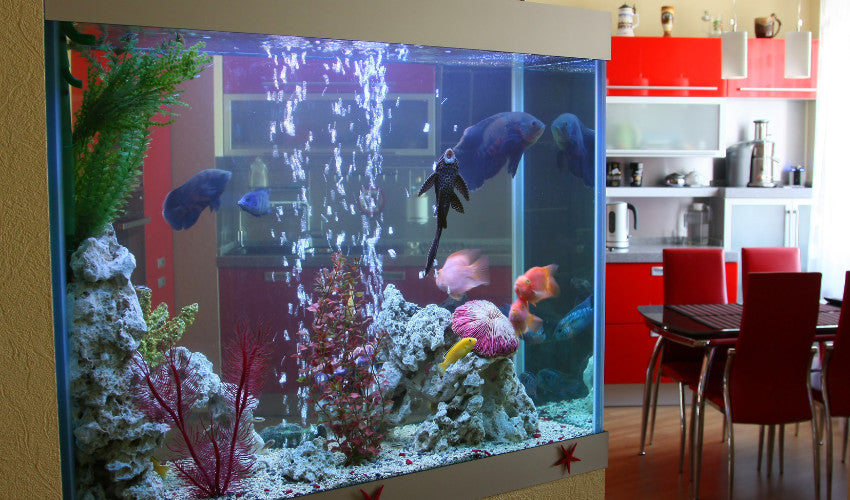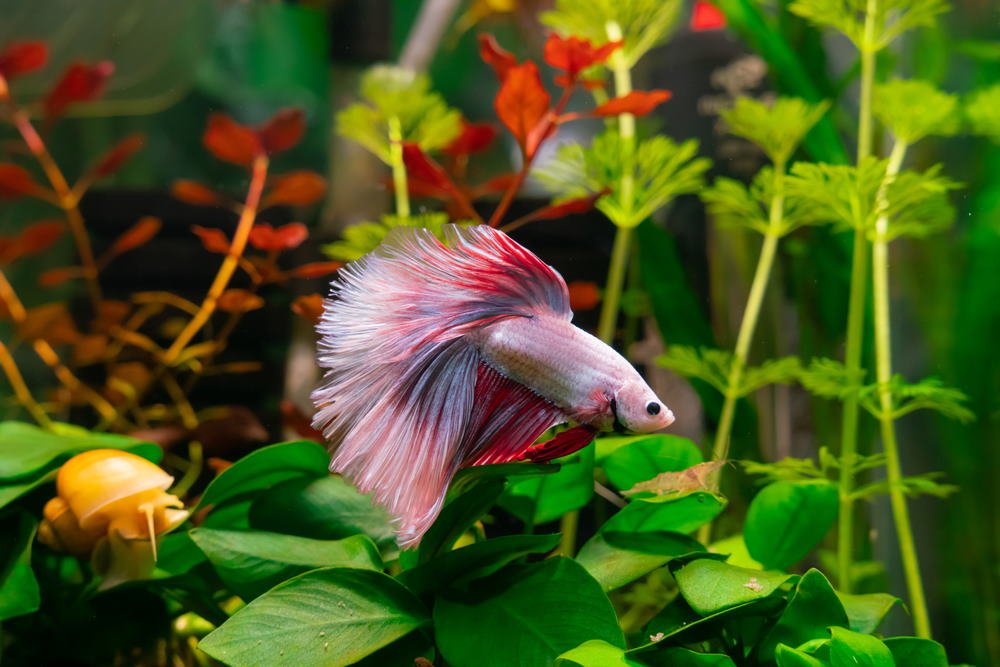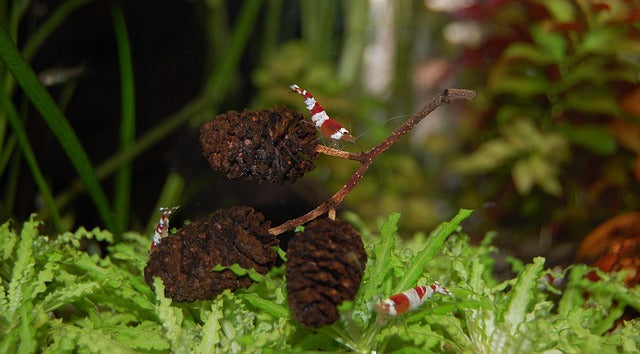Creating and maintaining a beautiful and thriving aquarium is not just about filling a tank with water and adding some fish. It requires careful planning, a deep understanding of aquatic ecosystems, and meticulous attention to detail. In this comprehensive guide, we’ll walk you through expert tips and techniques to design an aesthetically pleasing aquarium that supports the well-being of its inhabitants. From aquascape design to water quality management, we’ve got you covered.
Importance of Aquascape Design
The Role of Plants and Hardscape Elements
Aquascape design plays a crucial role in the overall appeal of your aquarium. The choice of plants and hardscape elements like rocks and driftwood can create depth and perspective, resulting in a balanced and harmonious layout1.
Creating Depth and Perspective
Seasoned aquarists often use techniques like forced perspective to make the aquarium appear larger and more intricate than it actually is. This involves placing larger elements at the front and smaller ones at the back, creating an illusion of depth.
Selecting the Right Fish and Plants for Your Aquarium
Fish Species and Compatibility
Selecting the right fish species is essential for a thriving aquarium. Community fish are generally easier to care for and are compatible with a variety of plants2.
Plant Selection and Growth
Aquatic plants play a significant role in a well-designed tropical aquarium. They not only add to the visual appeal but also contribute to a healthy plant growth environment. Make sure to select aquatic plants that are compatible with the fish species in your tank.
Understanding Water Parameters and Quality Management
The Importance of Regular Water Changes
Water quality management is vital for a thriving aquarium ecosystem. Regular water changes help maintain optimal water parameters, ensuring the health and vitality of your aquatic plants and fish3.
Monitoring Nutrient Levels
Excess nutrients can lead to algae growth and other water quality issues. Monitoring nutrient levels and making necessary adjustments can prevent these problems.
Achieving Optimal Lighting for Your Aquarium
Types of Aquarium Lighting
Aquarium lighting plays a crucial role in plant growth and the overall health of your aquatic environment. Whether you opt for standard fluorescent lamps or more advanced planted LED lights, make sure they meet the needs of your plants and fish4.
Light Duration and Intensity
The duration and intensity of light can significantly impact plant growth and fish behavior. Too much light can lead to algae growth, while insufficient light can hinder plant growth.
Proper Planning and Equipment Selection
Choosing the Right Equipment
From filters to heaters, selecting the right equipment is essential for a successful planted aquarium. Reputable sources can guide you in choosing premium-quality freshwater aquarium supplies5.
Tank Size and Location
The size of your tank will dictate the type of fish and plants you can keep, as well as the equipment you’ll need. Make sure to also consider the location of your tank, as external factors like natural light can affect your aquatic ecosystem.
Regular Maintenance and Care Tips
Regular tank maintenance is essential for a thriving aquarium. This includes tasks like pruning plants, cleaning the substrate, and checking water parameters. A well-maintained tank is not only visually appealing but also healthier for its inhabitants.
Troubleshooting Common Challenges in Aquarium Keeping
Algae growth, water quality issues, and nutrient imbalances are common challenges in aquarium keeping. Regular maintenance, appropriate filtration, and diligent monitoring can help prevent and address these issues6.
Final Tips for Success
Creating a beautiful and thriving aquarium is a rewarding but challenging hobby that requires proper planning, regular maintenance, and a keen eye for detail. By following these tips and techniques, you can design a captivating aquatic environment that both you and your aquatic friends will enjoy.
FAQs (Frequently Asked Questions):
- Q: What are the key factors to consider when designing an aquascape?
A: When designing an aquascape, important factors to consider include the choice of plants and hardscape elements, creating depth and perspective, and ensuring a balanced and harmonious layout. - Q: How often should I perform water changes in my aquarium?
A: The frequency of water changes depends on factors such as the size of the tank, the number and size of fish, and the water quality. Generally, a monthly water change of around 25% is recommended. - Q: How can I maintain a healthy balance between fish and plants in my aquarium?
A: Maintaining a healthy balance between fish and plants involves monitoring nutrient levels, providing proper lighting and CO2 supplementation for plants, and avoiding overstocking of fish. - Q: What are some common challenges in maintaining an aquarium and how can I overcome them?
A: Common challenges in aquarium keeping include algae growth, water quality issues, and maintaining the proper balance of nutrients. Regular maintenance, appropriate filtration, and diligent monitoring can help prevent and address these challenges.
References
Footnotes
- Creating a Stunning Aquascape: Tips for Designing a Beautiful Aquarium ↩
- Expert Tips for Freshwater Aquarium Setup and Care – Vetstreet ↩
- The Essential Guide to Creating a Thriving Aquarium Ecosystem ↩
- How to Set Up a Low Tech Planted Aquarium for Beginners – Aquarium Co-Op ↩
- A Guide to Creating and Maintaining a Beautiful Tropical Aquarium ↩
- Step-by-step Guide to Setting Up a Planted Aquarium ↩




